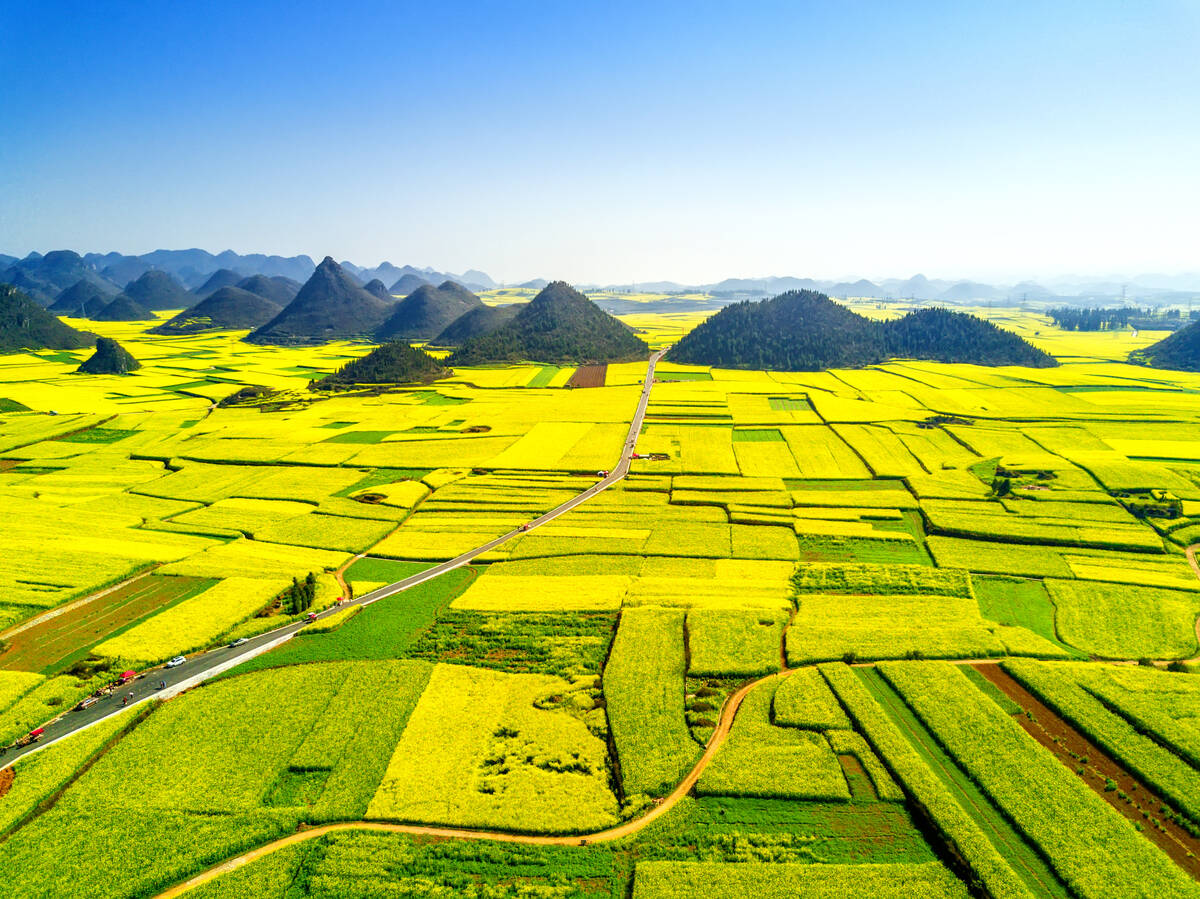MOOSE JAW, Sask. – The cattle didn’t appear too nervous as they dug into a bale while the Moose Jaw River rose around them.
However, the people watching the water’s rapid rise and the large chunks of ice crashing their way down the rolling water certainly were.
The owner was in Toronto, and the water was rising so quickly that some people who knew the 10 head were at risk began to panic.
Some suggested letting them out of their pen, but the Trans-Canada Highway is next door and there was no other fenced area on the property.
Read Also

Short rapeseed crop may put China in a bind
Industry thinks China’s rapeseed crop is way smaller than the official government estimate. The country’s canola imports will also be down, so there will be a lot of unmet demand.
Gerald Noble and Jim Anderson took the bull by the horns, so to speak, and began cobbling together a pen on higher ground, using gates and pallets and whatever they could find.
A little encouragement and the cattle moved to certain safety.
Noble said he had checked the cattle just 90 minutes earlier and the water was far from reaching them. He couldn’t believe how quickly it rose.
“Two weeks ago, (the river) was 10 feet wide and you could walk through it,” he said, shaking his head in amazement.
Within a matter of hours April 8, low-lying areas in the city of Moose Jaw and agricultural areas downstream were flooded when ice jams caused the river water to rise.
About two dozen homes were evacuated that morning; the order was lifted 24 hours later.
The event was just the first of what many expected to cause havoc this spring.
The province has begun daily conference calls to provide information on the situation.
John Fahlman, acting director of basin operations for the Saskatchewan Watershed Authority in Moose Jaw, said April 11 most reservoirs in the province will be full this year and are expected to overflow.
Even Cookson Reservoir, near the power plant at Coronach, Sask., will “fill and spill” this year and no one at SWA could remember the last time that happened, he said.
Low lying and agricultural land near Boundary Dam at Estevan, Sask., will flood, as will areas around Duncairn Reservoir near Swift Current, Sask., Thomson Reservoir near Lafleche, Sask., the Wascana basin near Regina and Lumsden, Sask., and the Qu’Appelle River system near Craven, Sask.
Flows through the Qu’Appelle system are expected to be among the highest, including Wascana Creek through Regina and east of Craven through the Qu’Appelle lakes. Officials expect one in 25 year events and out-of-channel flow.
“Currently the Qu’Appelle River at Lumsden is around 100 cubic metres per second,” Fahlman said. “We’re expecting a peak of 250 through there.”
The runoff season will last for several more weeks. He said most of the runoff on the north slope of the Cypress Hills and Maple Creek area has already happened.
“However, the south slope, looking into the Frenchman, Battle, Lodge rivers, including the town of Eastend, we’re still waiting for snow melt to start there,” he said.
Winter conditions still exist in the Yorkton, Assiniboine River, Humboldt, Carrot River and Red Deer River areas.
Water is flowing over several highways in the province, and local detours are in place.
The ministry of corrections, public safety and policing has activated the provincial emergency operations centre in preparation for more flooding over the next couple of weeks.















